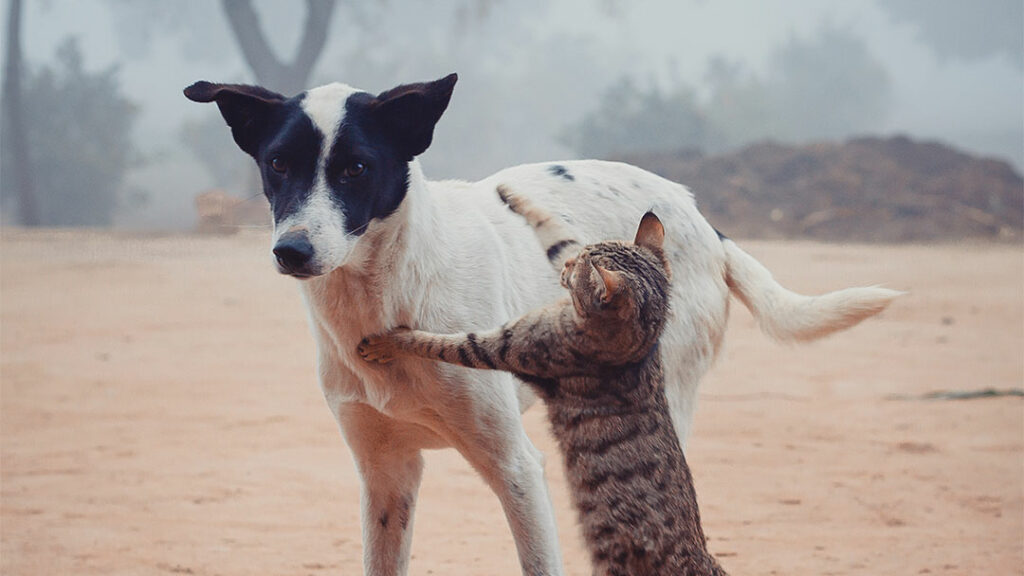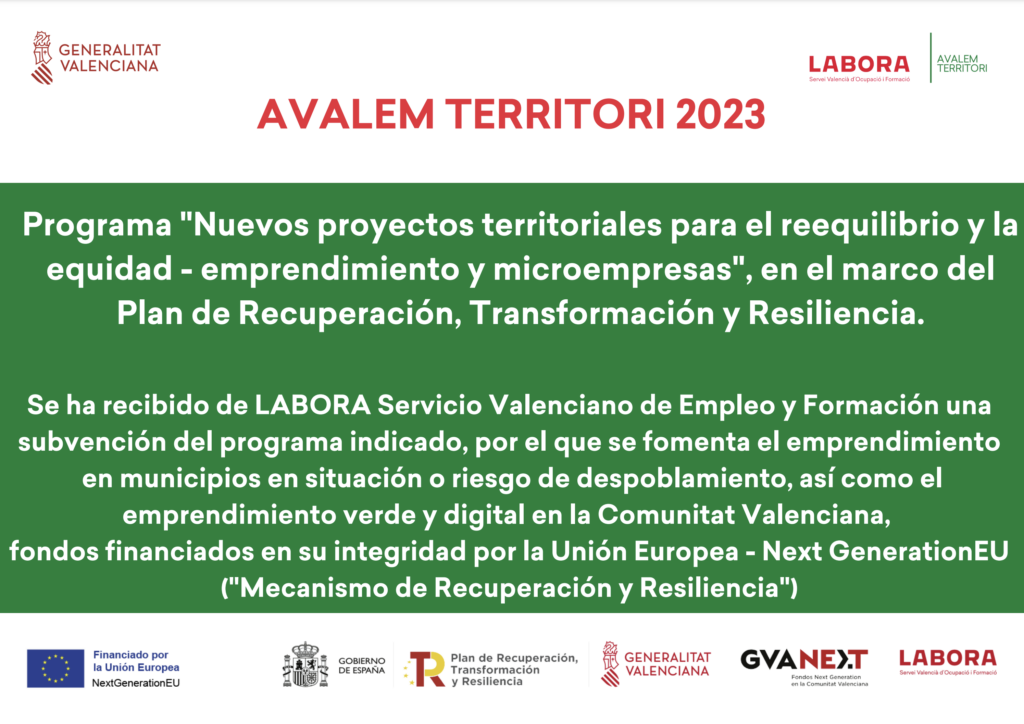One of the easiest and fun DIY projects related to pet lovers is to make a cat house out of cardboard. Not only does it offer a snug hideout for your cat, but it has also been an environmentally friendly choice because it helps reduce waste in landfills. If you’re the frugal type or if you just generally like doing it yourself, making your own cardboard cat house is a fun way to bond with your cat in exchange for a healthy and safe kingdom to hang out in.
In this article, we’ll cover everything you need to know to make a cat house from cardboard that will look good in your living room – from the best materials to use, to step-by-step tips for construction, and some decorating that will make your kitty’s new house look as stylish as it is practical.
Why a Cardboard Cat House is a Great Idea
Cats are natural adventurers and like to hide in small, dark spaces where they feel safe. Boxes feel safe and warm (well, if they’re cardboard), which is why so many cats feel compelled to curl up in them the second they see one. Constructing a special place for your cat with cardboard cat houses allows for more room for this behaviour and a space of their own, which can be designed to meet your cat’s individual needs.
Cardboard, however, is lightweight, easy to mould and can be easily cut, glued and painted. It’s not one of those materials that demands special tools and levels of expertise, so beginners can approach this project with ease. And it is an inexpensive solution — you probably already have an extra box lying around.
Choosing the Right Cardboard for Your Cat House
Before you start building, the most important decision you’ll make is what type of cardboard to use. Use as thick and water-resistant corrugated cardboard as you can, and it is likely to be reclaimed cardboard that was used for shipping goods. These provide better insulation and better structural integrity, keeping the house intact over time and are capable of holding your cat’s weight without breaking apart.
Stay away from printed and chemically treated cardboard. Go for plain, unscented litter boxes without traces of oil or food, since cats have an acute sense of smell and can be put off by materials that smell bad.
Planning the Structure of Your DIY Cat House
Your cat’s size, behaviour preferences determine the design of your cardboard cat house. Some cats enjoy multi-level spaces where they can climb and rest, while others appreciate a single cosy space to hide and nap in.
Begin by drawing out an overall design. Begin with a basic cube or rectangular box with an arched opening and a roof. If you’re a bit of an overachiever, more intricate designs can be made that have added features such as a lookout or scratching walls or a few extra “rooms”.
Start by determining the dimensions of your cat, so they can move around the house comfortably. Make sure your cat can turn around and stretch inside the enclosure.
Step-by-Step Guide to Building Your Cat House from Cardboard
So once you’ve selected your design and materials, it’s time to start building your cat house.
Begin by cutting out the base and side panels as per the measurements. Cut cleanly and easily with a box cutter or a utility knife. Glue or strong tape the pieces together and reinforce the corners and seams. If you are going to have multiple levels, cut entry and exit holes between levels and use small ramps or steps that you can make from folded cardboard.
Create a roof by cutting two triangular or angular shapes, as your particular design allows, out of cardboard, and secure them in place. Ensure the building is secure before introducing your cat to its space.
Cut out one front door and any windows you’d like. Ensure that the edges are well dressed so there are no sharp edges to scratch or injure yourself on.
Decorating and Personalising Your Cardboard Cat House
A major advantage of this project is that you can decorate your cat house to match your home or cat personality. The exterior can be painted with non-toxic paint, or you can glue on wrapping paper, fabric, or wallpaper remnants. Write your cat’s name above the door, or place their favourite blankets inside so it feels like home.
To make them a bit sturdier and to waterproof them, you can give the outside a light coat of Mod Podge or any like sealer. Just ensure it’s pet-safe and completely dry (which can take a few weeks) before allowing your cat access to the house.
Personalise the cat house to be as attractive as it can be and encourage your pet to use it more. Familiar smells, preferred textures and comfy bedding can make all the difference when it comes to helping your cat feel at home in its new space.
Encouraging Your Cat to Use the Cardboard House
Acclimate your cat to the new house after it is finished. Set it up in a quiet, familiar area of your home, where your cat already feels comfortable. Fill it with some of their favourite toys, or catnip to entice your cat.
Don’t push your cat if they appears timid. Cats are naturally curious, and they will go in there when they want. Once they feel comfortable and have fun with it, they’ll keep coming back again and again.
Maintenance Tips and Longevity of the Cardboard House
Cardboard houses are not as strong and long-lasting as plastic or wooden ones, but if you take good care of them, they will stay usable longer. After use, store the cardboard house in a dry place, safe from spills, humidity or sunlight. As they get worn or chewed, replace them with another new set as required. Also, do clean them inside as clumps of hair, fur and dog hair, I guess some little dirt animal probably on the holder under 30 seconds with a wipe, just keep clean between mugholders ready to hold in places again.
If your cat is picky, you may want to attach a piece of cardboard or sisal rope from one wall to serve as a scratching post. This serves to keep the structure intact while still permitting your cat to participate in “natural” behaviours.
Final Thoughts on Creating a Cardboard Cat House
Making a cardboard cat house is more than a way to occupy your feline — it’s a way to improve a pet’s life without breaking the bank or spending hours on a project. It opens the door to creativity, an environmentally friendly product, and the chance of a lifetime to custom build a space just for your cat.
Whether your four-legged accompany prefers a basic box or a multi-level mansion, a cardboard cat house is a satisfying and simple DIY. With some simple materials and a bit of imagination, you can construct a cosy hideaway that your cat will enjoy for months to come.



